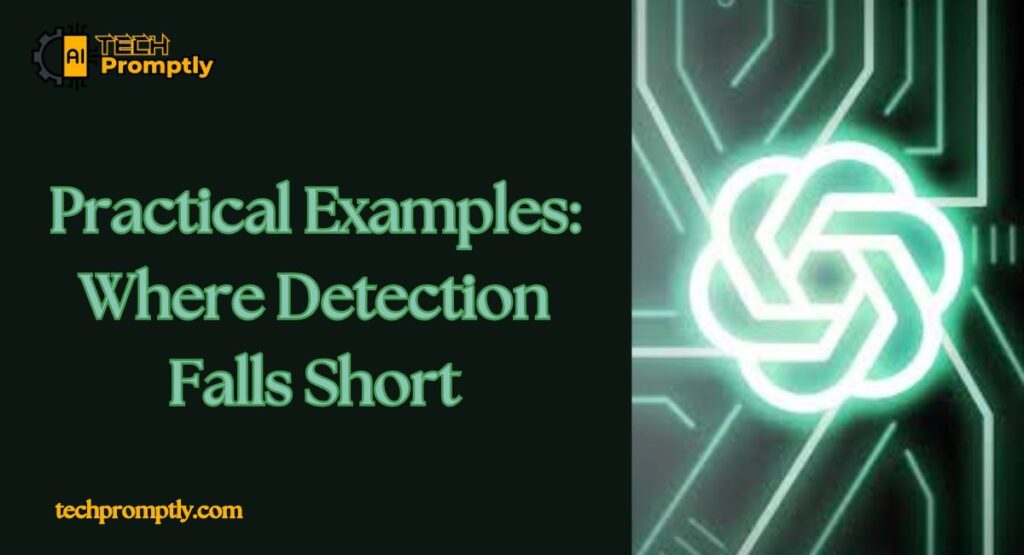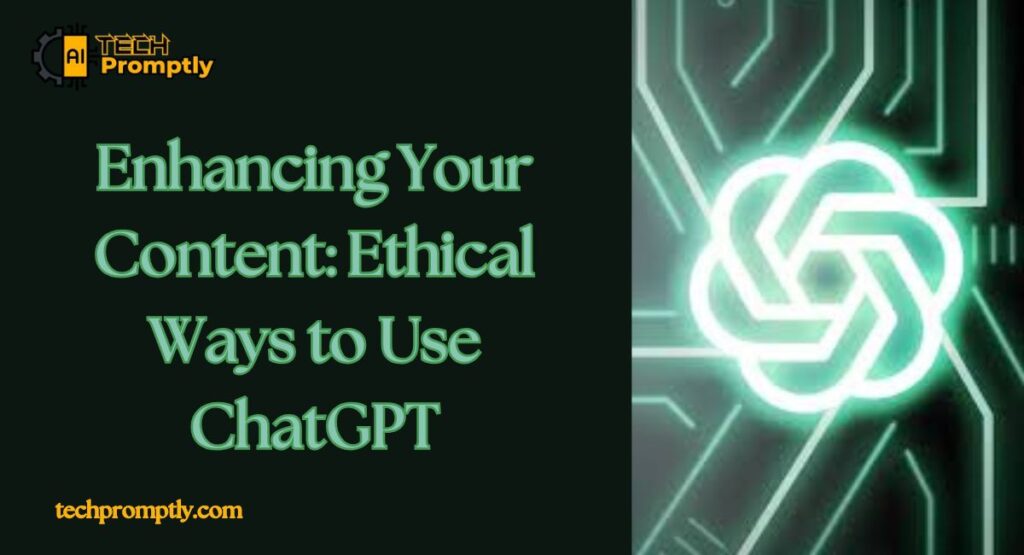While artificial intelligence is continuing to transform education, tools such as ChatGPT are becoming popular among students and teachers alike. But this increase in AI-generated content has raised the concern: Can Blackboard detect ChatGPT? Understanding the capabilities and limitations of Blackboard in recognizing AI-generated content is vital for both students and teachers. This article examines the ways that Blackboard’s AI detection functions along with its shortcomings and the best strategies to navigate these ever-changing technologies.
Table of Contents

What Is Blackboard, and How Does It Detect AI?
Blackboard is a well-known educational management software (LMS) that aids educators organize their courses, assignments and tests. With the growing use of AI tools such as ChatGPT, Blackboard has integrated third-party software like Turnitin or CopyLeaks to identify the plagiarism of content and artificially generated. These tools make use of algorithms to study text patterns syntax, originality, and syntax markers that may indicate artificially generated content.
How Does Blackboard Detect AI?
Software for detecting such as Turnitin and CopyLeaks which are used by Blackboard uses advanced methods to detect AI-written content
- Text Analysis Algorithms These tools analyze text against huge databases of academic books, papers and other online content to identify the commonalities.
- AI Fingerprinting Some detectors utilize machine learning to detect the distinct style of writing used by AI tools, which includes the uniformity of the tone, patterns that repeat, and the absence of a personal voice.
- Language Features The content created by AI typically isn’t able to convey nuanced human language that these tools may detect as anomalies.
While these tools are effective, they’re not impervious to error.

Limitations of Blackboard When Detecting ChatGPT
Despite the advancements in technology the ability of Blackboard to recognize ChatGPT-generated material has some serious flaws. Here are a few major issues:
1. Limited Focus on Text Matching
AI detectors are primarily focused on matching text and patterns that are consistent. ChatGPT has a very advanced natural language processing produces content that resembles written styles of human writers, which makes detection more difficult.
2. “Original” AI-Crafted Content
The main strength of ChatGPT is that it generates distinctive responses to requests. Contrary to traditional plagiarism which is where content is copied in full, AI-created content doesn’t match existing databases, which reduces the possibility of being discovered.
3. Limited Databases
The detection tools use extensive databases to evaluate the content. However they aren’t complete and might not contain the most recent AI-generated text samples which can lead in false positives.

Practical Examples: Where Detection Falls Short
Think about the following scenario The following scenario: A student employs ChatGPT to create an essay, then edits it to reflect their personal ideas and individual style. In this situation the detection tools could fail to recognize the text as AI-generated due to:
- This content is original and has been a bit altered.
- The style of writing is humanistic and has variations.
- The databases are unable to acknowledge the output of AI as being machine-generated.
How to Bypass AI Detectors Like CopyLeaks and Turnitin
While it is important to stress academic integrity, knowing the mechanisms used by detection tools will help students manage their use with care. Here are a few strategies commonly employed to circumvent AI detection tools:
- paraphrasing rewriting content generated by AI in an distinctive manner could reduce the possibility of being discovered.
- Adding Personal Accents The incorporation of personal stories or thoughts, or even imaginative expressions can help the content seem more real.
- Avoiding predictable outputs By using advanced prompts that generate less than a formulaic AI responses may make it more difficult to detect.
- Manual editing A combination of human-generated content and AI creates a variety of styles that detectors can be difficult to evaluate.
A Note on Ethics
While these techniques can help avoid detection, it’s important to utilize AI tools in a responsible manner. They should enhance your education, not substitute for your efforts.

Enhancing Your Content: Ethical Ways to Use ChatGPT
Instead of trying to evade detection, you could consider making use of ChatGPT as an additional tool:
- Thinking of Brainstorming ideas Create topic ideas or outline.
- Enhancing Writing Improve syntax, grammar, as well as structure.
- Research Assistance: Summarize complex information for better understanding.
Incorporating AI properly, you can improve your academic performance without violating moral standards.
Future Developments in AI Detection
As AI technology evolves, so do detection methods. Future developments could include:
- More comprehensive Databases Datasets are being expanded to include samples generated by AI.
- Contextual Analysis Concentrating on the coherence, depth and consistency of arguments instead of surface-level patterns.
- Collaborative learning Promoting ethical AI usage through educational initiatives, not punitive measures.
Conclusion
What, then, can Blackboard detect ChatGPT? The answer is a bit fuzzier. Although Blackboard’s integrated tools are able to discern some patterns that are present in the AI-generated material they do have their limitations. Recognizing these limitations can allow teachers and students to utilize AI tools such as ChatGPT in a responsible manner. Instead of viewing AI as something to be feared we should view the technology as an opportunity boost learning.
Through promoting transparency and ethical usage by encouraging transparency and ethical use, we can close the gap between education and technology creating a future where AI can be used to enhance rather than harm academic integrity. You may read our blog on: Does Blackboard Have AI Detection?
FAQs
1. Does Blackboard recognize ChatGPT?
Yes, but with some limitations. Blackboard’s detection tools are able to identify AI-generated content based on specific patterns and database comparators However, they’re not foolproof.
2. How do Blackboard discern AI content?
Blackboard makes use of third-party tools, such as Turnitin and CopyLeaks which examine text for language patterns, originality as well as database match.
3. What are the weaknesses of Blackboard in decoding ChatGPT?
The major drawbacks are limited database coverage, difficulties in to identify “original” AI-crafted content, and the reliance on text-matching algorithms.
4. Can AI detectors such as Turnitin and CopyLeaks get a pass?
Yes, you can paraphrase editing, modifying, and incorporating unique content. It’s essential to utilize AI tools in a responsible manner.
5. How can I make use of ChatGPT in a responsible manner?
Utilize ChatGPT to brainstorm ideas, enhance writing, and providing research aid. Always make sure your work reflects your effort and understanding.
6. Are AI detection methods be improved in the near future?
Most likely, as a result of advances in the field of contextual analysis and database growth and better understanding of patterns generated by AI.

